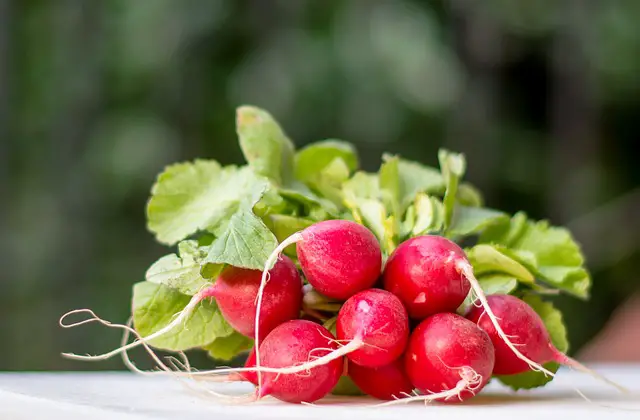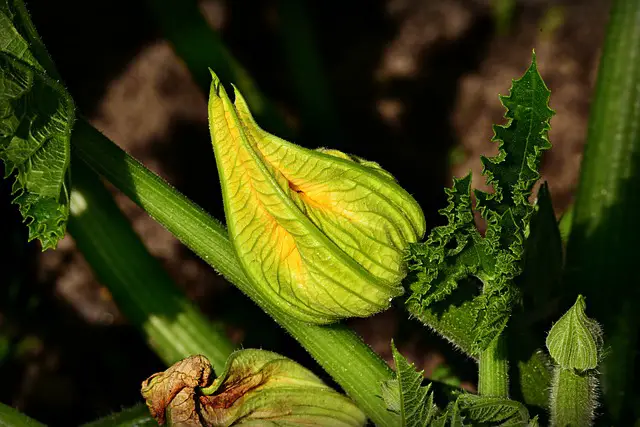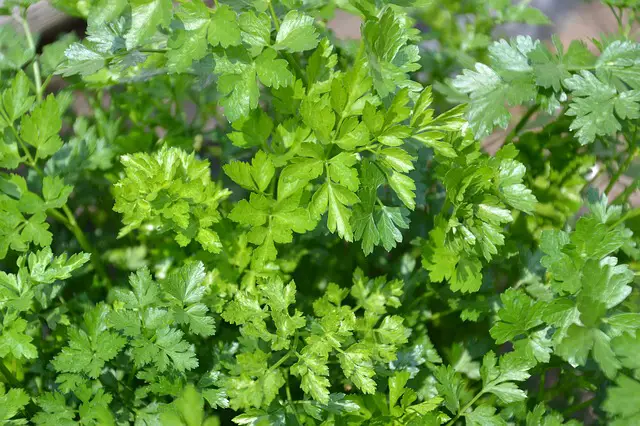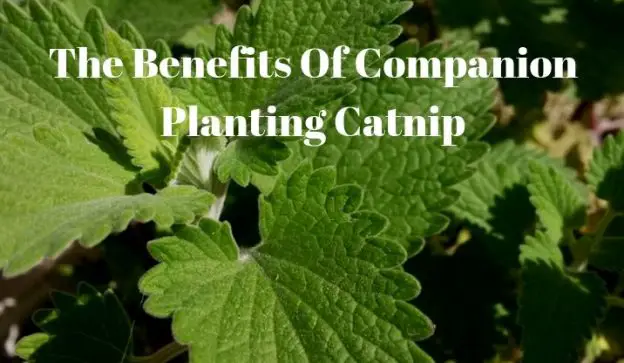Catnip (Nepeta cataria) also known as catnep, catswort, or catmint is a member of the mint family. Like all mints if planted with the correct plants catnip can be a very beneficial plant. Read on to find out the benefits of companion planting catnip.
Companion Planting Catnip The Benefits
Catnip has a strange, but not unpleasant smell and deters flea beetles, ants, aphids, weevils, cabbage white butterflies, and mice. It’s flowers attract many bees, hoverflies, and other pollinators. It also attracts parasitic wasps making catnip a very useful plant for the organic gardener.
Companion Planting Catnip
Just by looking at the list of insects that catnip deters some of the best companion plants for catnip become obvious. They include:-
Catnip and Cabbages

Not just cabbages, all members of the brassica family will benefit from companion planting with catnip. The general health of brassicas is improved by companion planting with catnip. So thats:-
- Cabbage
- Broccoli
- Kale
- Cauliflower
- Swede
- Turnip
Plus any other brassicas you care to add. Canip repels flea beetles and flea beetles damage young brassica plants to such an extent that sometimes they can’t survive the onslaught. As brassicas grow they become food for the cabbage white caterpillar and the strong scent from catnip keeps the butterflies from landing on your plants.
Catnip and Radishes

Technically a member of the brassica family, radish leaves can be completely laced with flea beetles. Without leaves the plants can’t photosynthesise and don’t survive. Growing catnip in companion with radishes protects them from flea beetle damage.
Catnip and Beetroot

Another plant susceptible to flea beetle damage, to protect beetroot from attack companion plant with catnip.
Catnip and Winter Squash

To protect your plants from squash beetles, grow them alongside catnip. The strong scent will keep the beetles away and help you to grow healthier squashes. Allow the catnip to flower to attract many helpful pollinators and benefit from extra squashes.
Catnip and Pumpkins

There have been a few contraversial reports just recently that catnip actually attracts squash beetles and of course these should be considered. I have never experienced any problems with squash beetles and I regularly companion plant with catnip (and other members of the mint family). The catnip flowers definitely attract many pollinators which saves me from getting my paint brush out.
Catnip and Summer Squash

Courgettes (zucchini) and patty pans all need to be pollinated and catnip flowers attract many pollinators. The Summer Squash will alos have less problems with flea beetles and squash beetles.
Catnip and Tomatoes

Aphids can be a real problem when growing tomatoes and catnip repels aphids. For more information on insect problems affecting tomatoes click this link to the University of Kentucky. Flea beetles also can be a problem and again catnip will help to deter these pests.
For more information on companion planting tomatoes click here.
What Not To Grow With Catnip
Only one real problem companionship here but no concrete evidence as to why.
Catnip and Parsley

Parsley makes a great companion plant especially for roses, asparagus, some tomatoes, chives, onions, and carrots. Allow parsley to flower to and you’ll attract beneficial insects like parasitic wasps and hoverflies. It is widely reported however that any mints, catnip included should never be grown near parsley.
Other Reasons To Grow Catnip
Rodents and Catnip
Apparently 2 out of 3 cats are attracted to catnip and maybe that’s why it is a deterrent to rodents. Mice and rats keep away from all mints including catnip and just spreading some cuttings around will keep them away.
Mosquitoes and Catnip
While working in the garden often mosquitoes and other biting insects can be a problem. If this is the case for you, simply rub catnip leaves over your skin and the aroma will repel these pests.
Cats and Catnip
Depending on the variety of catnip you grow, and your cats preference (two thirds of cats agree) you can be entertained by your cats antics. The majority of cats can’t get enough of the stuff, this is because the scent is similar to cat pheremones and the smell is released as they rub against it. Of course if you don’t own a cat, or don’t want to encourage them onto your plot maybe catnip’s not for you.
Not So Invasive As Other Mints
Most mints spread like wild fire, and should be contained in pots. It is a good precaution to containerise catnip as well however it’s not so invasive as other mints.

